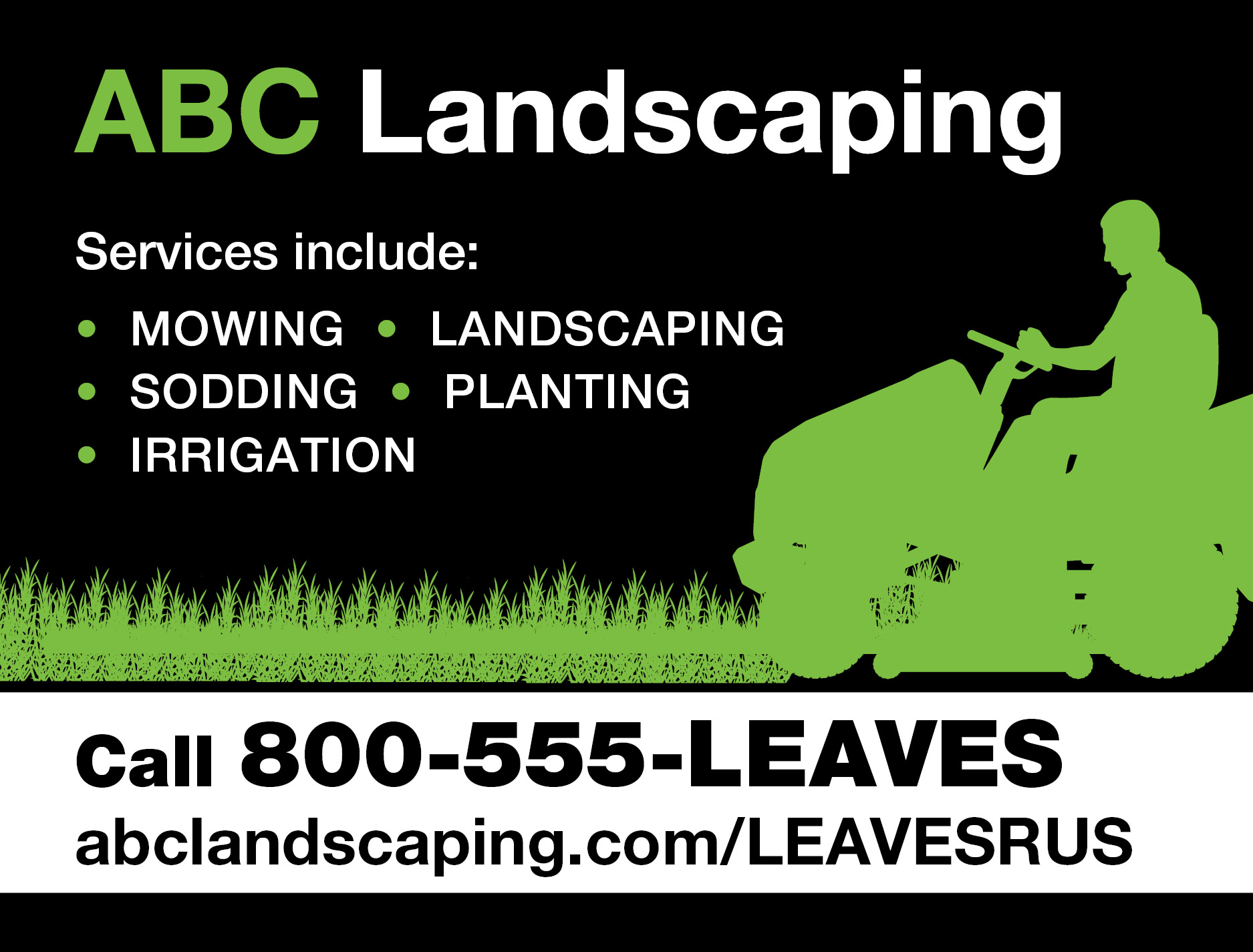Summer travel reminds me of family vacations when I was young, especially when I see a buffet. I recall as kids, we never had much say in where we dined when we were on a road trip. Money was tight so we skimped on most meals, but at dinner time dad always managed to find a Smorgasbord (aka: all-you-can-eat buffet). I guess he figured we would never go to bed hungry!
I remember being embarrassed as other Smorgasbord patrons looked in wonder (and disgust) at his plate. Imagine this: dad’s plate was heaped a mile high with a mound of salad, meats, vegetables, and breads, all blending into one big huge mess. His philosophy was simple: Make sure you get your money’s worth!

Your eyes are bigger than your belly!
I thought those family vacation dinners were just leading up to future counseling sessions. But after college graduation, I realized all those buffet experiences were dad’s way of preparing me for the big world of advertising! Think about it: clients seem to always say “Pile it all on! I want to fill the whole plate with as much information as I can.” Soon every available inch of space becomes overcrowded, and the information is viewed as a big, unappetizing mess. Sound familiar?
Smaller portions
What has my experience in design and marketing taught me about Smorgasbord advertising? Don’t crowd your plate with too much information; control your portions! You may be inclined to mention more than what is necessary, so only consider what is most important to your target audience. To stay clutter-free, keep these simple guidelines in mind:
Determine information hierarchy.
Group your information into three categories:
1. Most Important (product photo or special offer?)
2. Relevant Details (benefits or sale price?)
3. Least Important (step-by-step instructions or fax number?)
Be honest with yourself – people can get the idea without having a detailed explanation. Remember, you want to deliver your message without overwhelming the audience. So besides your company name/logo and contact information, decide which elements are the most important information you can use to deliver your message, and forget the rest!
- Simplify whenever possible. Instead of listing each location, their hours, and phone numbers, direct the reader to a website where they can find all of that information.
- Don’t forget white space! Space without graphics or text can be inviting. White space not only provides visual relief for the reader, it also helps organize the content.
Cleanse your palate
Remember, if you want your advertising piece to scream NOVICE! then by all means, fill every inch of your plate. But, if you want important elements such as a special offer or contact information to actually stand out, it is beneficial to give them some space.
To illustrate the benefits of white space, I found a Google image of a rather crowded ad. I know this ad would be much more inviting and attractive if a visual hierarchy had been determined. Notice how the contact information is all relatively the same size? And the text is all uppercase with little space between information?

Compare it with this one:
Did I mention that white space doesn’t have to be white? In the revised ad, the black background is the white space. The white bar on the bottom acts as a call out for the contact information. Notice not all of the information from the original ad was included in the revised version. Mentioning “winterization” seemed out of place in a list of services that suggests warmer weather options. Also, three contact numbers and a website are a little much for the size of the space. Most readers don’t care about a fax number, they will generally look for an 800 number and/or a website. And look at that! Freeing up some room actually left space for a graphic.
You get what you pay for
If you want to guarantee you’re getting the most for your advertising dollar, avoid the Smorgasbord mentality. Most people equate white space with emptiness, which usually leads to an overwhelming urge to fill it up. Heaping your plate in the buffet line might save you a second trip, but piling loads of information into your advertising piece might cost you a prospective customer. Do you want to get your money’s worth? Remember the less is more concept for your next advertising project!
Did you like this blog post?
Get more posts just like this delivered twice a month to your inbox!



